Manonik Is the Label Championing Critical Design and Craftsmanship
December 14, 2020
Nicky Campbell
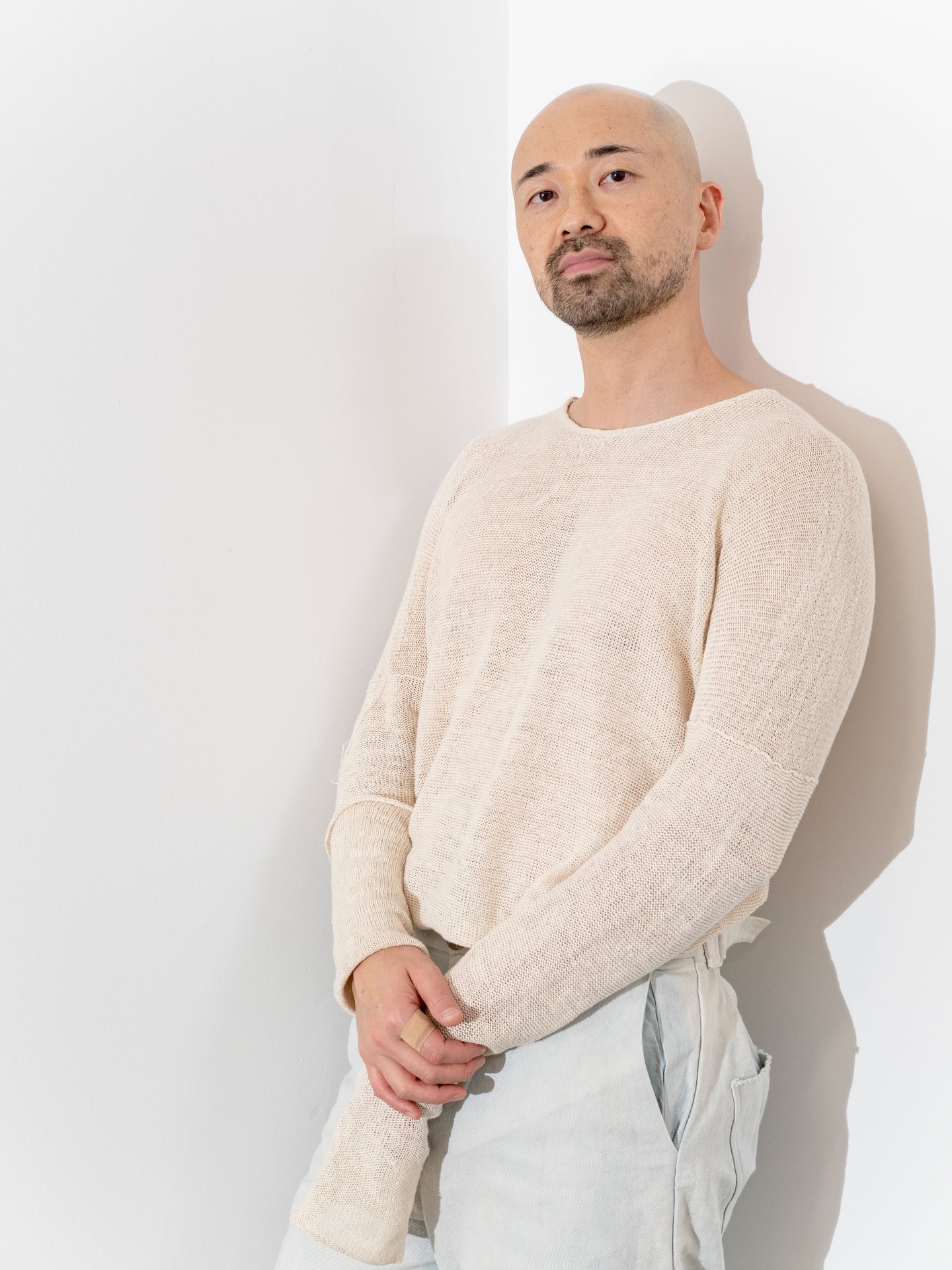

Yoshiyuki Minami is not your typical designer. The Japanese native holds an Economic Sociology degree from the University of Michigan and has spent most of his professional career in the advertising industry. Now, he is following in his mother’s footsteps by branching out and starting his own label, Manonik.
This also isn’t your typical fashion label. Less fashion brand and more creative design studio, Manonik combines critical thinking and textile arts to create a new system that prioritizes craftsmanship over consumption. With a unique design thinking, a slow business model, and an emphasis on sustainability and ethical production, Manonik’s approach represents a new way of building a fashion label. Learn more about the designer below.
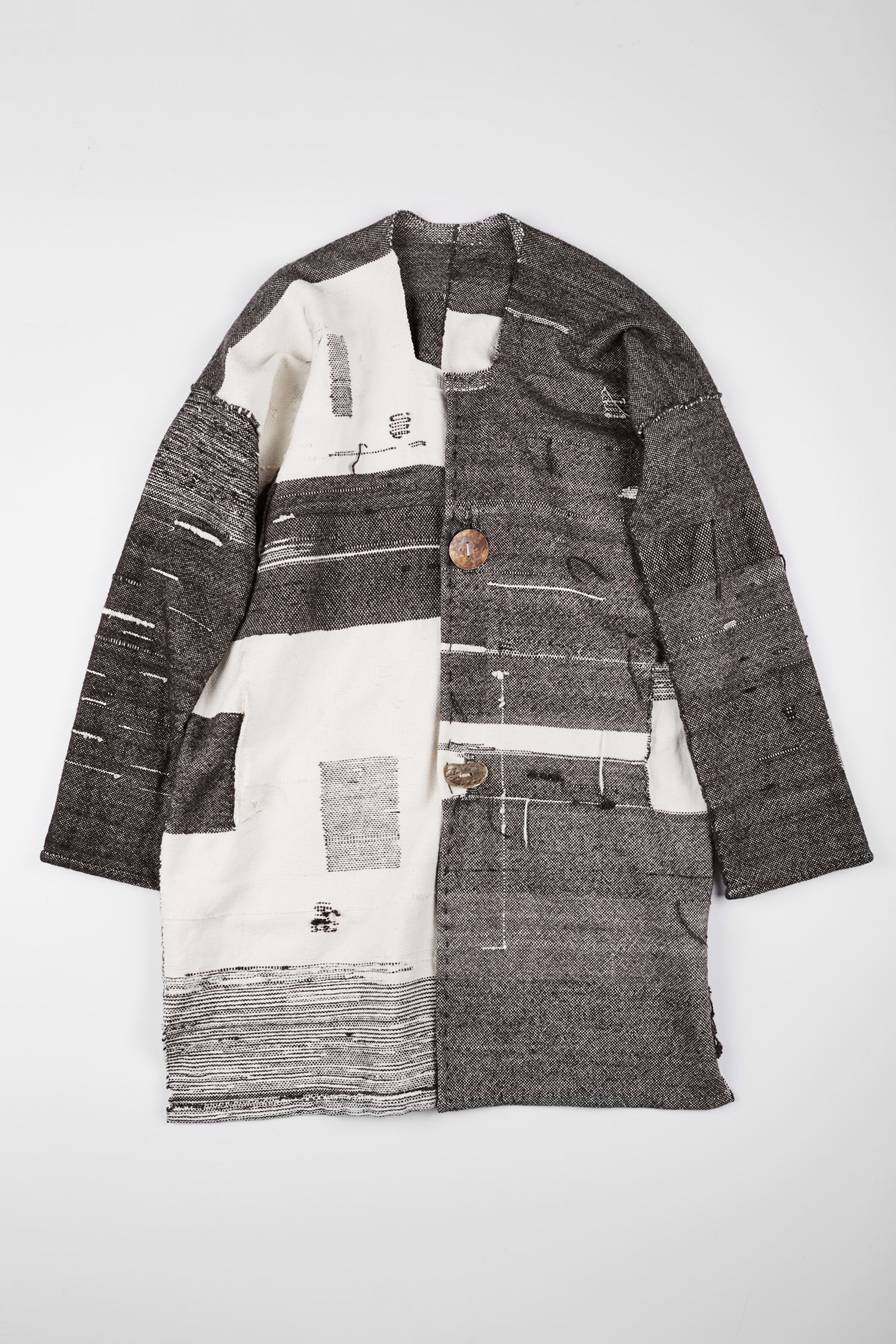
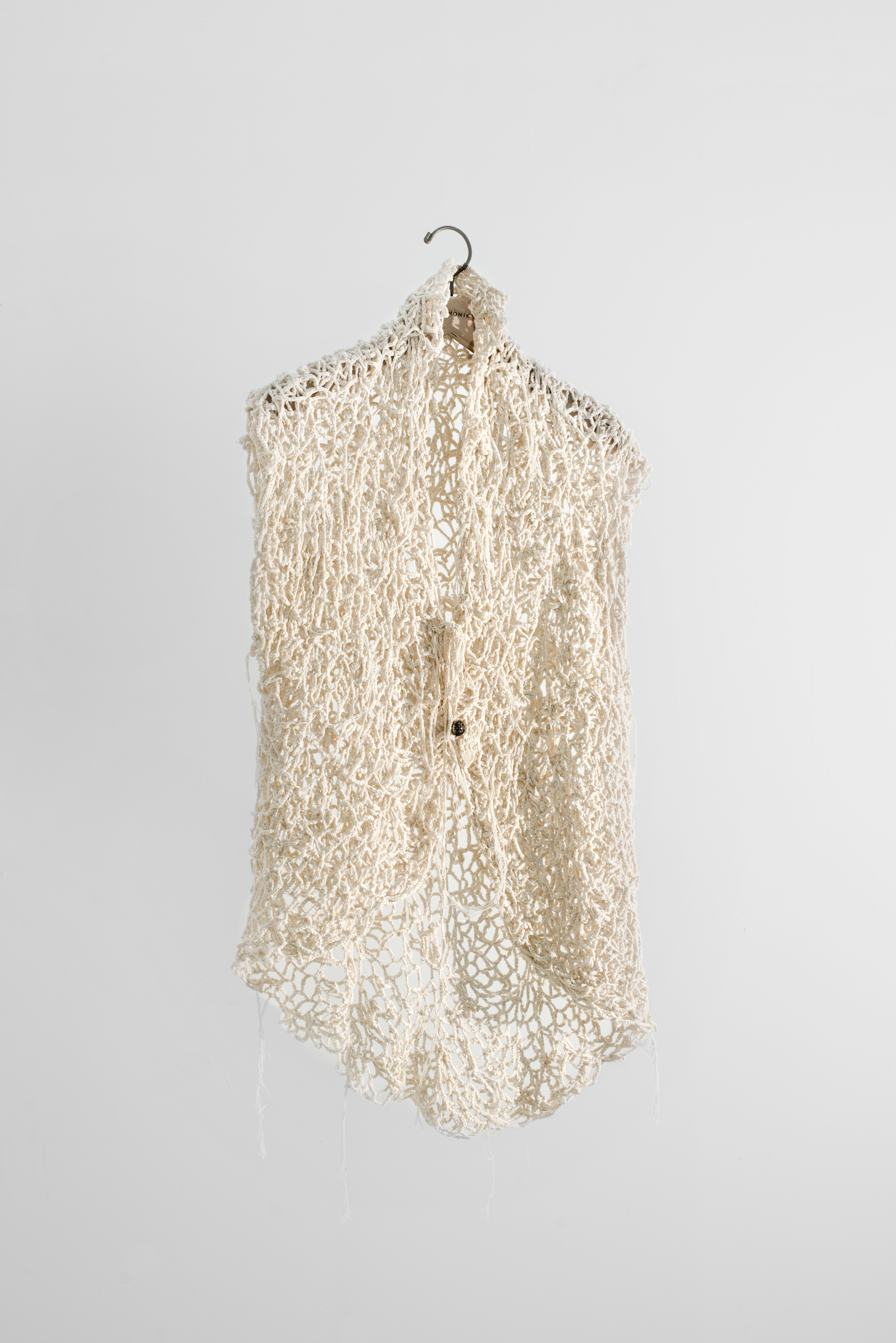
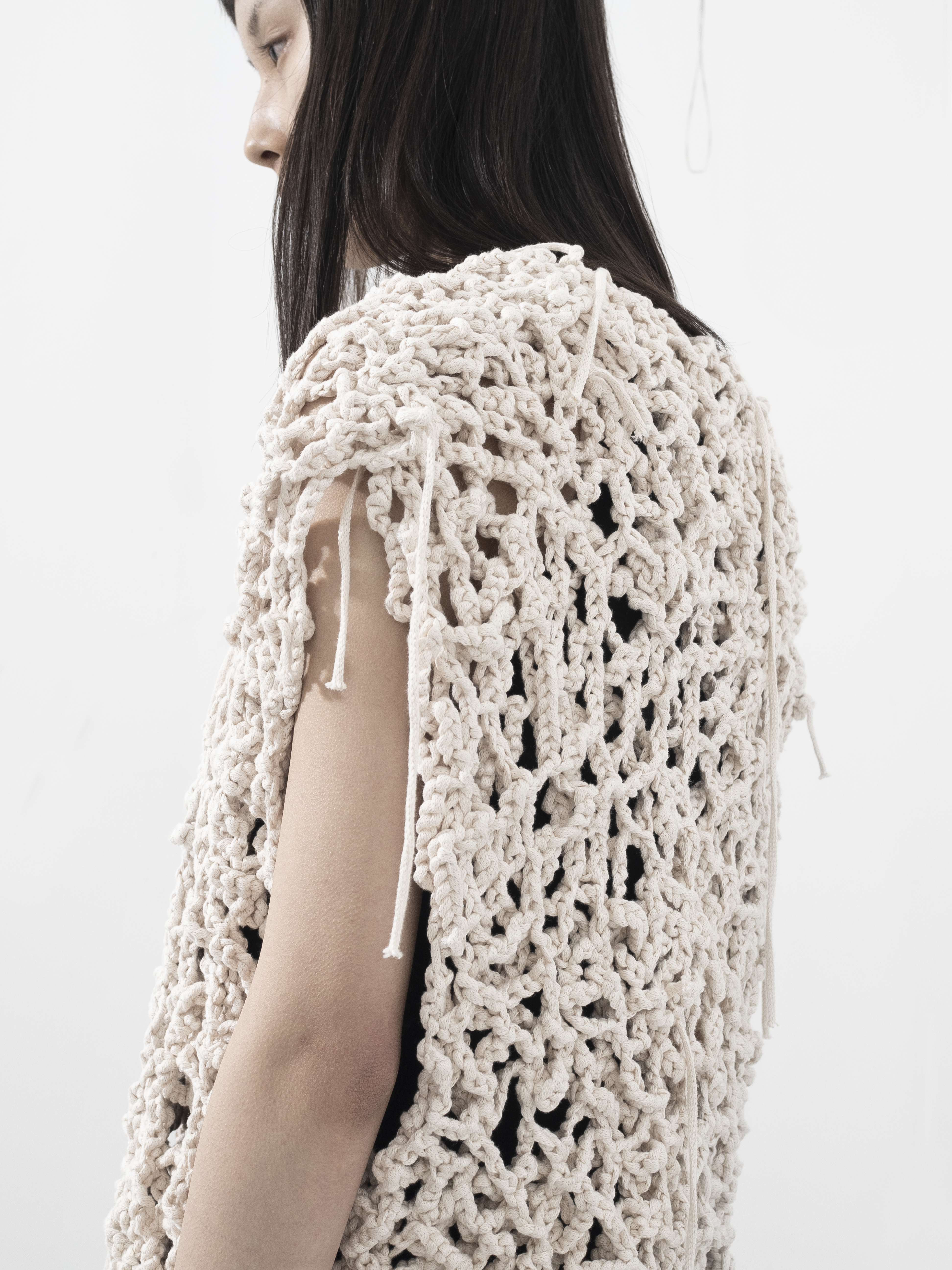


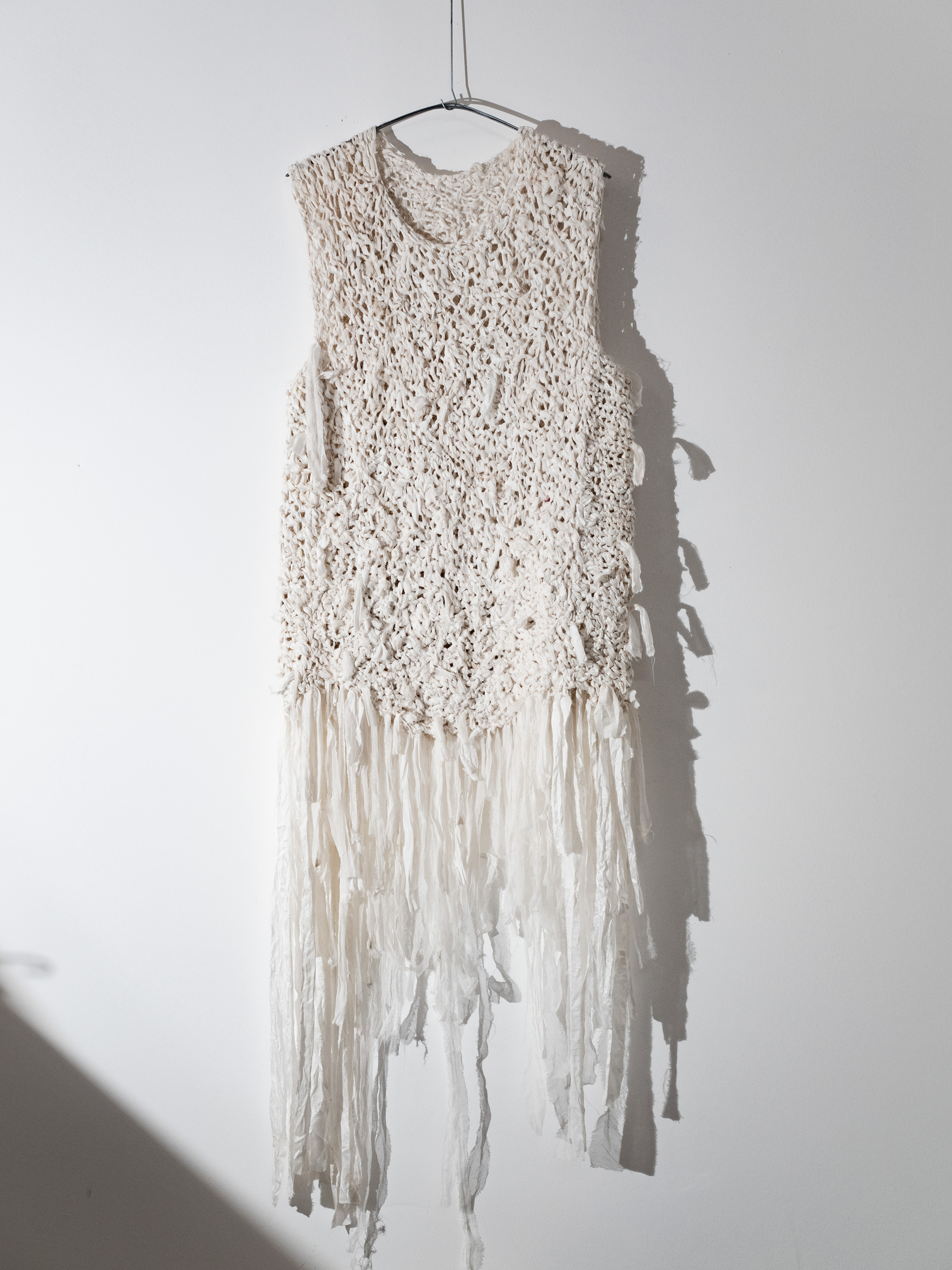
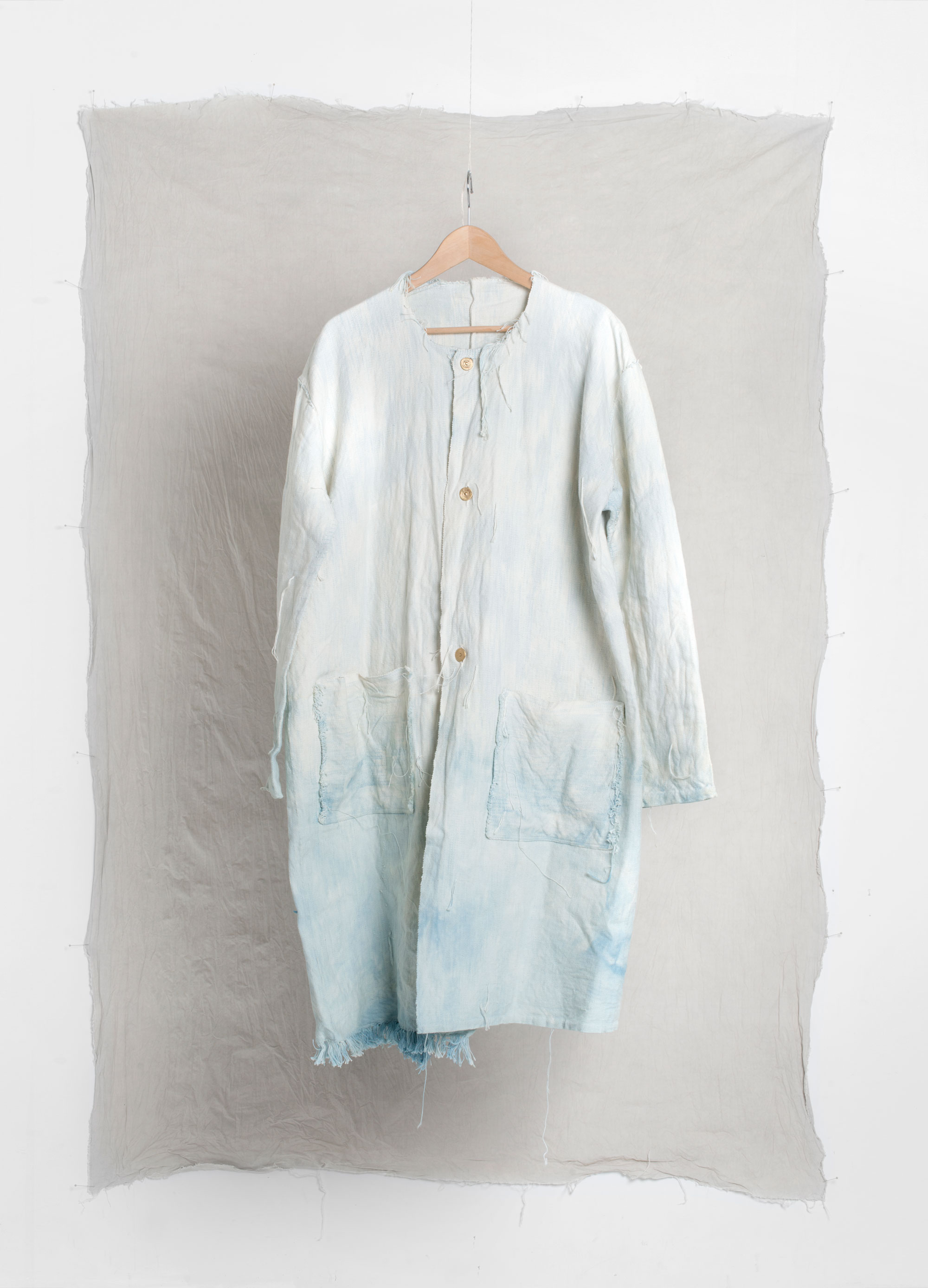
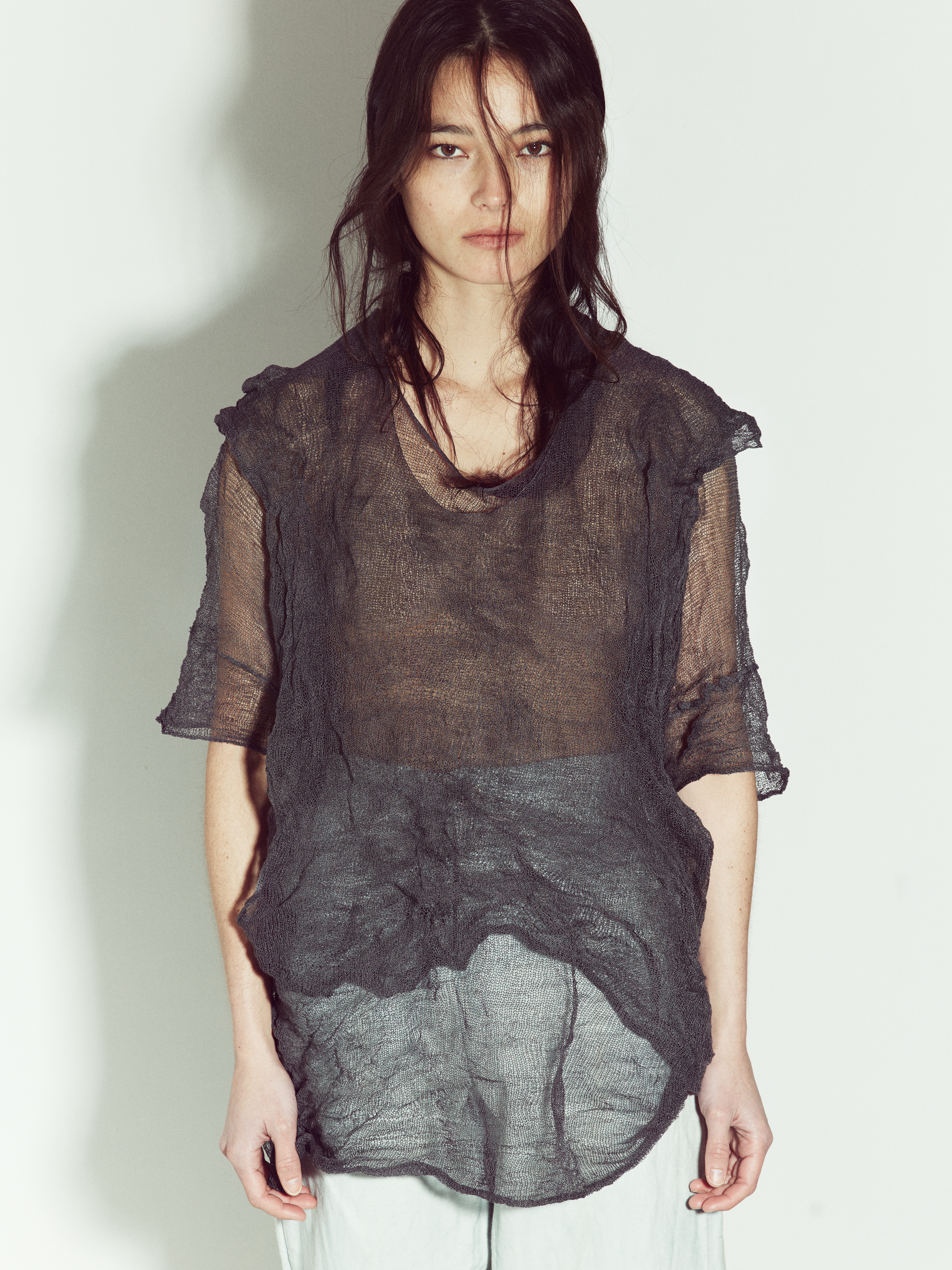
Manonik
Manonik
Manonik
Manonik
Manonik
Manonik
Manonik
Manonik
Tell us about yourself.
My name is Yoshiyuki Minami. I’m from a small city in Japan called Niihama. I’ve always been a stubborn dreamer and a kid at heart. I guess I’m kind of like Belle from the Beauty and the Beast who always wanted more than the provincial life I was born into. I always had this affinity with languages and wanted to travel around the world to experience different cultures. I have a degree in Economic Sociology from the University of Michigan and spent about nine years working in advertising as a graphic designer and art director in Chicago. I consider myself a Japanese country, American midwestern wanderlust who’s looking for a purpose in life.
How did you get into fashion?
I found out recently that my mother gave up her dream to be a fashion designer to raise me and my sisters. I really had no idea I would end up making clothes when I was younger, but I think this was meant to happen all along!
Jokes aside…I started making clothes as a way to cope with stress that was manifesting physically while I was working in advertising. I was definitely trying to escape from my reality. As I learned more technicalities of textile making, whether it was weaving, knitting, or crocheting, I became more obsessed with the idea of making clothes from the very cloth. I guess it was when I learned how to weave that I knew clothing was my calling. I consider fashion just as clothing our bodies with meaning.
What is your design philosophy?
I like exploring the qualities of us humans, as opposed to the qualities that are associated with technologies or machines. I think human creation is warm, inefficient, imperfect, spontaneous, maybe a little bit haphazardous. Look at our lives! They are messy processes with a ton of loose ends! So my pieces always have visual marks that highlight the process of the actual making or growth.
When I design, I’m not really designing all aspects of a piece par se, but I’m designing a framework, or a process. I want the process to encourage and celebrate these human qualities. Whatever happens in that framework will be part of the piece. It’s kind of like having an honest conversation with the materials and with myself, allowing them to do what they need to do.
What inspired you to launch your brand?
I always wanted to do something meaningful for a living. This is kind of greedy, but when I was mentally done with advertising, I started to think about how I could make myself happier and still do something good for the society. I knew I loved making textiles and clothing, and I didn’t know many artisanal brands that focused on limitation and locality. So I thought I’d give it a shot! I quit my job, packed things up and moved to Brooklyn. I think ultimately I wanted to challenge fashion as a system by weaving together critical thinking and textile arts.



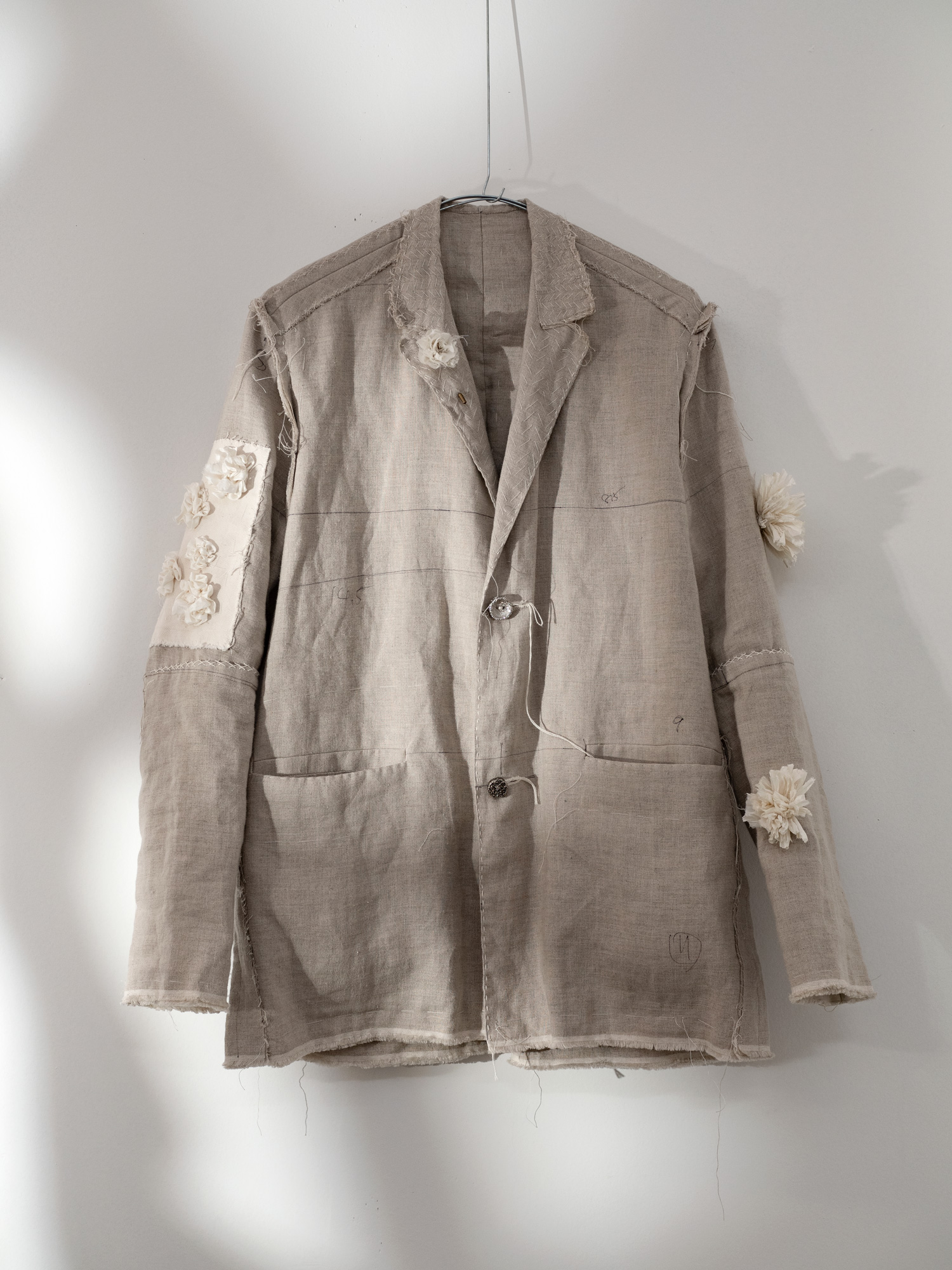
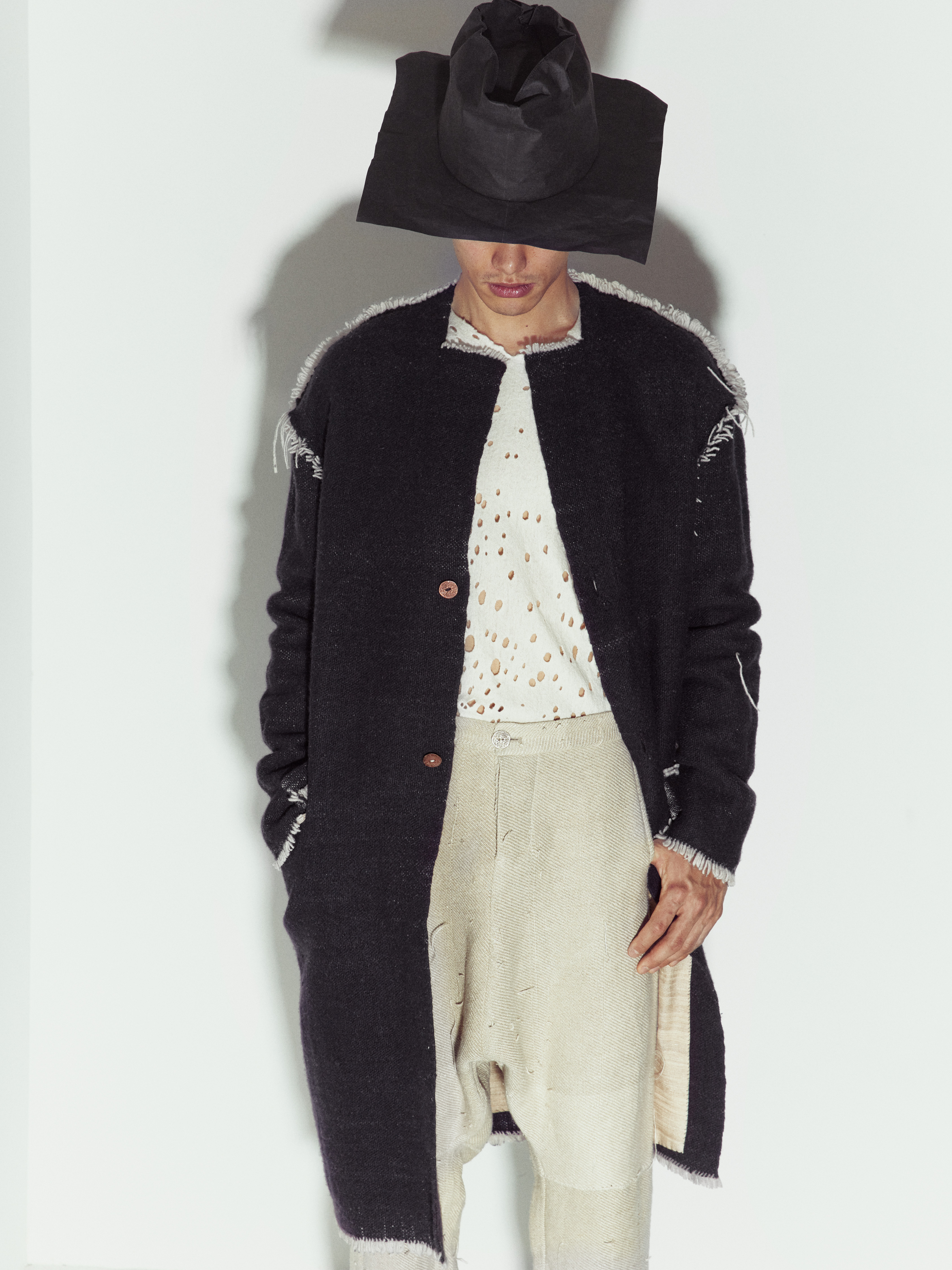

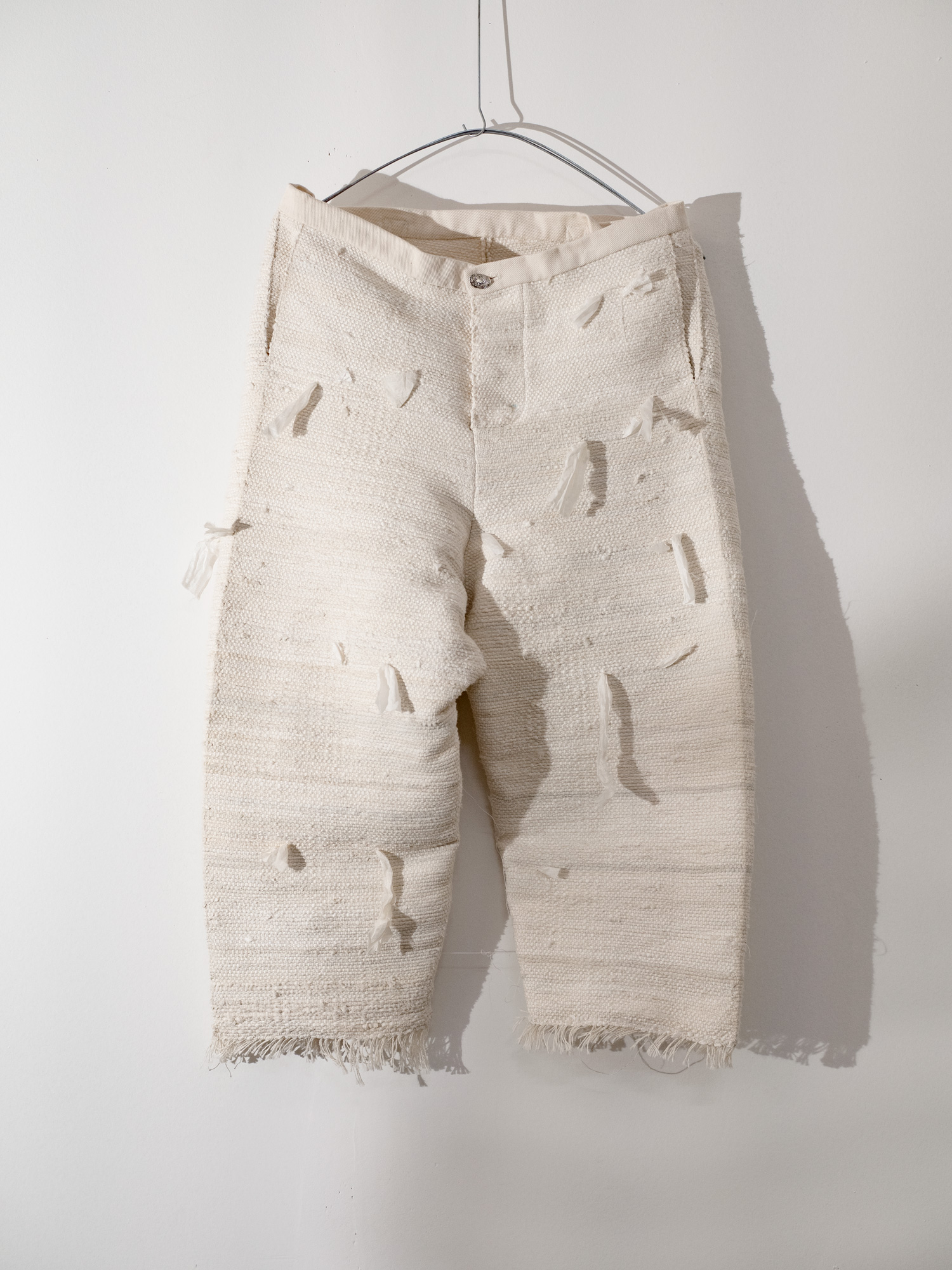
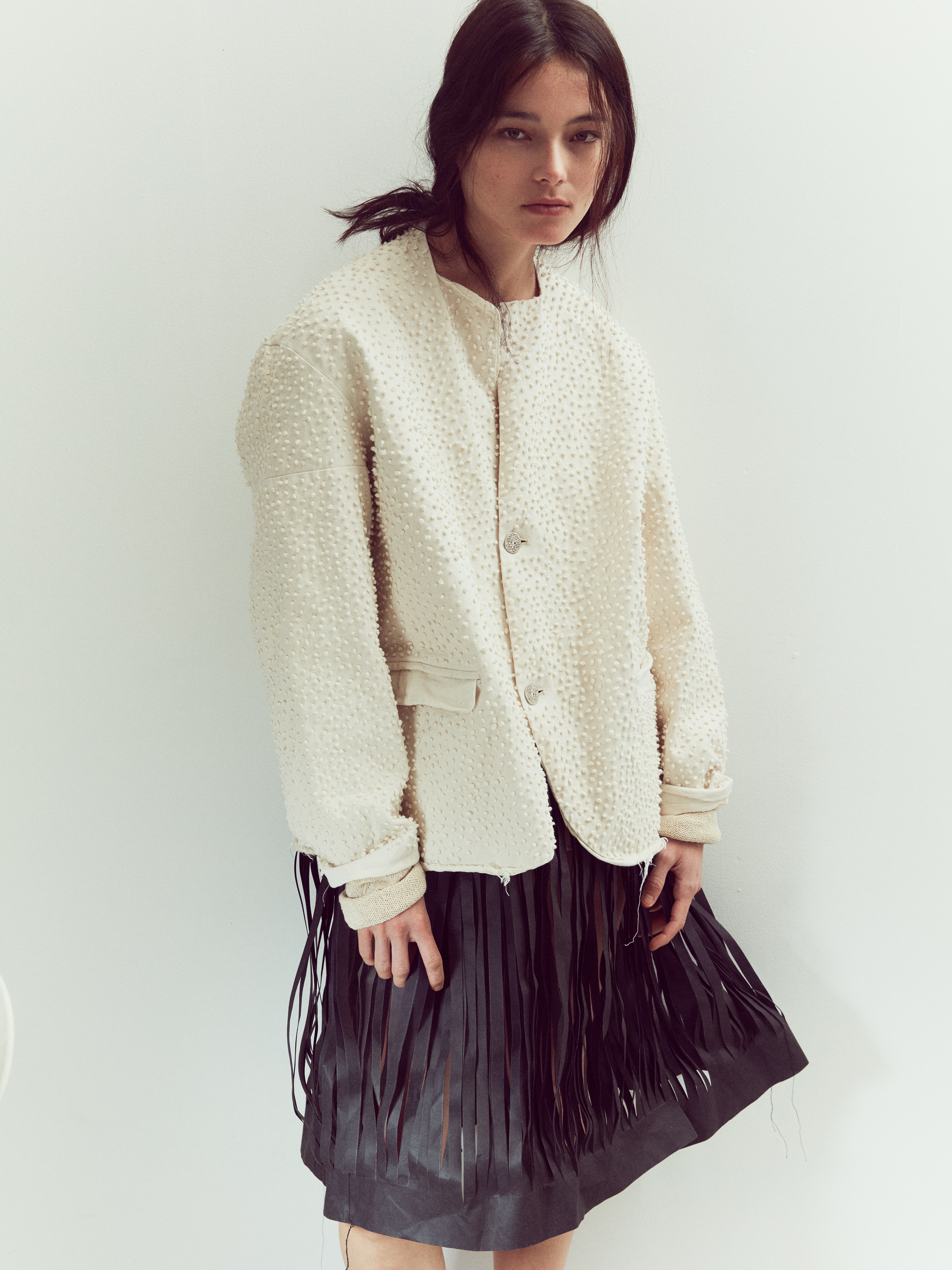
Manonik
Manonik
Manonik
Manonik
Manonik
Manonik
Manonik
Manonik
How does sustainability factor into your line?
When I started Manonik, I wanted to use only the locally harvested, locally processed materials from New York and the South, like Texas, North Carolina, Georgia. These states used to be the hub of American textiles back in the day, you know? I think working with and investing in local people is one way to go back to sustainability. Now I work with both domestic producers and, also, producers from other countries who are passionate about sustainability. They’re mostly small organizations that are family-run or run by a group of women. Also, I spend a lot of time researching new sustainable fibers, and thinking about ways to incorporate them.
Another point I want to mention is that sustainability has a lot to do with scaling. I keep looking to the past for possible solutions, but I feel like mass production — maybe what I mean is more “excess production” — is one of the culprits for “unsustainability.” So I pursue the idea of “micro-production” or “limitation”, kind of out of necessity because I can only create a very limited number of pieces in a given time period.
Tell us about the design process behind your work. What are some of the special techniques you use?
My design process is…math and diagrams!! I usually make small sample swatches with techniques and materials I’m feeling or thinking at the time, then work on technical specs for different techniques, figuring out zero-waste patterns, etc. Every piece is hand-crafted by me at the studio, one by one. It is a painstakingly slow and laborious process, but it’s very satisfying to witness the pieces being born.
Speaking of techniques, I’ve been developing this idea of weaving three-dimensionally. What this means is that I’m hand-weaving volumes that I would sew together to create a piece. This technique developed out of my desire to reduce waste from cut-and-sewing, or not cut-and-sew at all. I started with shape-weaving pattern pieces in 2D, but now I do this in 3D.
There is also spontaneous knitting and crocheting, where I free-form garments without drafting a pattern at all. This was inspired by the idea of entanglement, and sort of mimicking the map of universe, the root systems, and how molecules link together to make a surface.
Another technique that is important to me is imperfect weaving and knitting. When we learn techniques, we are taught to make everything look “perfect”….like fixing mistakes or weaving in ends. In real life, we are taught to conform to whatever social and cultural expectations by controlling the qualities that make each of us unique. So this technique is kind of an exercise to be honest with ourselves and celebrate our “unwanted” qualities.
Where do you get your inspiration from?
I think a lot of my inspirations actually come from being critical of our society or how things are made, thinking about what’s missing from our aesthetic landscape. There are certain things I wish were different, so I try to come up with solutions that I can execute with my limited resources. Also, using my own hands to make things has turned into therapy for me. I think about my past and present a lot when I’m making textiles and “automated”, and I think these exercises usually leave an inspiration or an idea to explore. Maybe also music. I’m constantly listening to music when I’m at the studio. More experimental than not.
I’d also add that I’m pretty lucky to have a wonderful partner, friends, and family that are very supportive of what I do. I think being grateful of what I have is also a source of inspiration for me.
What is your business model? How do you plan to distribute your work to your consumer?
I hand-craft one-of-a-kind clothing just like painters would paint on their canvas. So it is more of an art practice than a “business” I would say. I list my pieces on my website for sale from time to time. I’m also going through exclusive retail stores and galleries I’m developing relationships with. What I enjoy most is, though, working with clients on a one-on-one basis to get to know them and to create custom pieces that will grow with them. I really value these intimate interactions the most!!
